A Scion Society of The Baker Street Irregulars
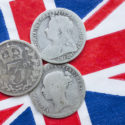
London on Eleven Shillings a Day
“… as free as an income of eleven shillings and sixpence a day will permit a man to be.”
– A Study in Scarlet (STUD)
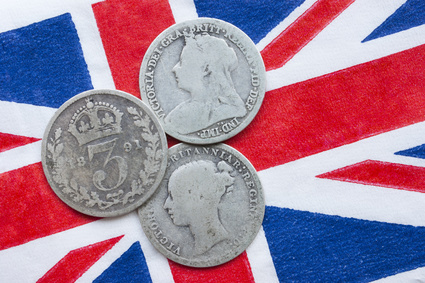
The canon references a variety of coins and their nicknames, common enough for the Victorian reader, but quite confusing for those in the twenty-first century. Even more perplexing was the basis for system, a non-decimal classification involving dozens and scores, instead of the decimal system introduced in 1971. When Dr. Watson reported a daily income of eleven shillings and sixpence after he returned from India, (1) what did that exactly mean to the Victorian reader and how does a modern one interpret it?
The British monetary system was based on the penny, the shilling, and the pound; and coins were minted in various portions and quantities of those. (2) The penny, the oldest, can be traced back to a seventh-century thick, silver Anglo-Saxon coin referred to as denarii. (3)
The variations on the penny, the plural being pence, include the:
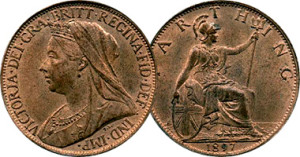
• Farthing (one-fourth of a penny), introduced during the reign of Edward III (1312-1377)

• Halfpenny, entered into circulation in 1672
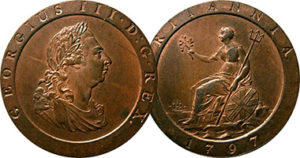
• Twopence, minted only in 1797 of two pence worth of copper (4)
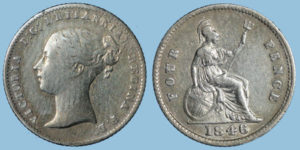
• Groat (four pence), introduced during the reign of Edward I (1272-1307) and then issued on an irregular basis until 1856 when minting ceased in the UK (5)
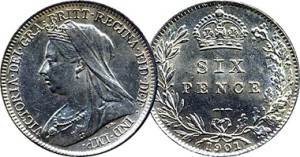
• Sixpence, also known as a tanner, first issued in 1551 with a value of half a shilling (6)
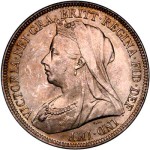

The shilling—or bob—was a silver coin worth twelve pence and first minted in 1504. The different denominations are:
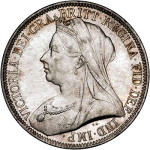
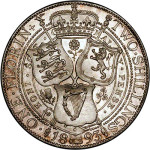
• The florin, or two shillings, a failed attempt in 1849 to replace the half-crown
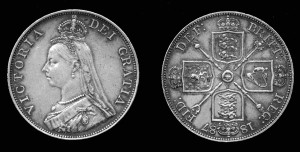
• The double florin (four shillings), one of the most short-lived coins, being minted only between 1887 and 1890 (7)
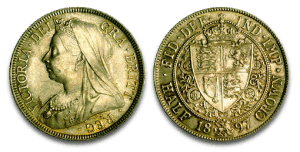
• The half-crown, worth two shillings and sixpence, first issued in 1465 and only demonetized in 1969.

• The crown, worth five shillings—or one-quarter pound—first minted in 1707 (8)
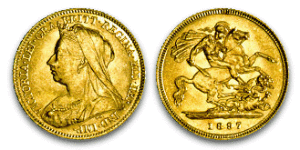
• The half sovereign, ten shillings, first introduced in 1544, discontinued in 1604, but reintroduced in 1817 (9)

The pound coin, or sovereign, was equal to 20 shillings (or 240 pence) and was made of gold.
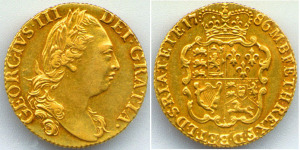
The guinea, worth twenty-one shillings, was discontinued in 1813, but people still used the term when referring to the cost for luxury goods. (10)
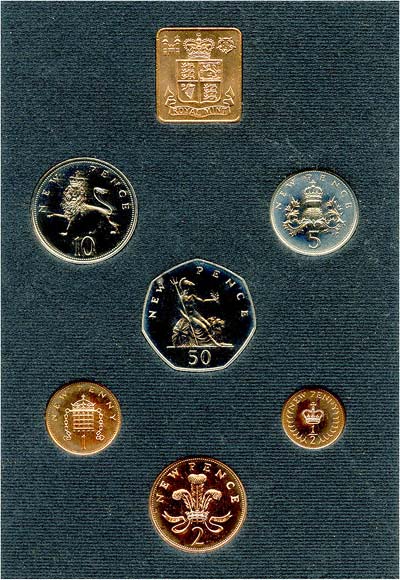
This 1200-year-old system changed in 1971 when the country shifted to a decimal system. On February 15, 1971, the pound became equal to 100 “new” pence. The government also issued a five pence and ten pence piece (about the same size as the shilling and the two shilling coins) after withdrawing the halfpenny and half-crown in 1969, and devaluing the farthing in 1960. (11)
The new system as well as different standards with respect to prices and goods makes the translation of Victorian costs into twenty-first century currency difficult. (12) MeasuringWorth.com has broken the concept into “(1) the type of transaction or asset, called the ‘subject’ and (2) the appropriate comparable, called the ‘indicator.’ Which measure (that is, which of the alternative results) best represents an amount depends on proper identification of both the subject and the indicator.” The “subject” can be prices, income or wealth, or project. The indicators are prices, household consumption, income, and output. Dr. Watson’s daily income of eleven shillings and sixpence, translates into a variety of different amounts, ranging £375 as a weekly standard of living to £6,210 as the share of the GDP in 2015.
If the most appropriate measure is accepted as the weekly standard of living (“a fixed amount of food, housing, clothing, entertainment, etc., that is proportional to what the average household consumes”), then the £375 appears most telling. (13) The current median income in the UK is £569.33/week, and the poverty level for a single person is £206/week (60% of the median income). This translation of Watson’s income would put him below the median income, but above the current poverty level by only 6 percentage points. (14)
The cost of living for one person in London is about £605/week. (15) This translates into a required standard of living of between £6 and £7 per week in 1881. With Dr. Watson’s daily income translating to a little more than £4/week, it is clear living in London would have put a strain on his resources. Seeking shared quarters was certainly the prudent answer for his desire to remain in the city and resulted in a life-long friendship with the most famous consulting detective in the world.
___________________
(1) Doyle, Arthur Conan; Ryan, Robert. The Complete Sherlock Holmes (Kindle Location 382).
(2) Sally Mitchell, Daily Life in Victorian England (Westport, CT: Greenwood Press, 1996), 30.
(3) https://en.wikipedia.org/wiki/History_of_the_English_penny_(c._600_%E2%80%93_1066)
(4) https://en.wikipedia.org/wiki/Twopence_(British_pre-decimal_coin)
(5) https://en.wikipedia.org/wiki/Groat_(coin)
(6) https://en.wikipedia.org/wiki/Sixpence_(British_coin)
(7) https://en.wikipedia.org/wiki/Double_florin
(8) https://en.wikipedia.org/wiki/Crown_(British_coin)
(9) https://en.wikipedia.org/wiki/Half_sovereign
(10) Sally Mitchell, Daily Life in Victorian England (Westport, CT: Greenwood Press, 1996), 31.
(11) https://en.wikipedia.org/wiki/Decimal_Day
(12) Sally Mitchell, Daily Life in Victorian England (Westport, CT: Greenwood Press, 1996), 31.
(13) https://www.measuringworth.com/worthmeasures.php
(14) http://www.poverty.ac.uk/definitions-poverty/income-threshold-approach
(15) https://www.theguardian.com/uk/2008/jul/02/welfare
 Liese was born and lived her first eighteen years in Dallas, Texas, graduating from Richardson High School in 1975. She should have known that she was destined to write when in the second grade she got an “A” for her story about Dick, Jane, and Sally’s ruined picnic. Liese continued to experience some success in writing, winning an honorable mention for two stories submitted to TCU’s student writing competition as an undergraduate there.
Liese was born and lived her first eighteen years in Dallas, Texas, graduating from Richardson High School in 1975. She should have known that she was destined to write when in the second grade she got an “A” for her story about Dick, Jane, and Sally’s ruined picnic. Liese continued to experience some success in writing, winning an honorable mention for two stories submitted to TCU’s student writing competition as an undergraduate there.
For several years, Liese focused her talents on professional writing as she earned a PhD in Sociology from Indiana University. She learned two valuable lessons during that time: you can’t edit what you don’t have down on paper and the power of keeping things simple.
She learned more about the power of simple writing when she and her husband moved to Washington, D.C. Liese had the good fortune of having everything she wrote reviewed by some very skilled professionals who taught her how to tighten her writing for busy executives.
From D.C., her husband’s job carried them first to Honduras, then Mexico, and finally Moscow, Russia. Her experiences in these countries has blessed her with people and places that inspire and populate her writing. After living abroad for ten years, her family has returned to Dallas.
You can check out her website HERE.
